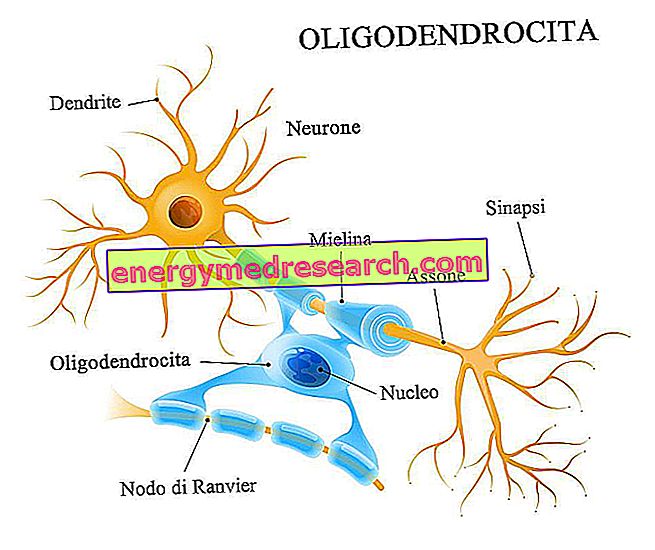
The oligodendroglioma is a brain tumor, which originates from particular cells called oligodendrocytes .
The oligodendrocytes are a group of glia cells, therefore the oligodendrogliomas belong to the category of gliomas, that is the neoplasms of the brain that derive from a genetic alteration of the cells of the glia.
An oligodendroglioma can be benign - hence slow-growing and with poor infiltrative power - or malignant - that is, very fast growth and high infiltration power. Benign oligodendrogliomas are grade II brain tumors, while malignant oligodendrogliomas are grade III brain tumors (NB: the degree of a brain tumor is an index of its severity; the higher the grade, the more severe the disease).
Usually lacking an important symptomatology in their initial phase, oligodendrogliomas are difficult to cure . In fact, the tumor mass that distinguishes them is well dispersed in the remaining healthy brain tissue and this complicates their removal.
According to some US research, the prognosis would be:
- In the presence of grade II oligodendrogliomas, 66-78% of patients treated for time survive another 5 years after tumor removal.
- In the presence of grade III oligodendrogliomas, only 30-38% of patients treated at the time survive another 5 years after excision of the tumor.
Furthermore, other scientific studies report another equally interesting fact:
- There are various genetic mutations that cause the growth of an oligodendroglioma . One of these mutations affects chromosomes 1 and 19 (chromosomal mutation 1p-19q) and it is better to respond to treatments than others, not only to surgery but also to radiotherapy and chemotherapy. In numerical terms this difference consists in an average life expectancy ranging from about 120 months of an oligodendroglioma with the double chromosomal mutation 1p-19p to about 16-71 months of an oligodendroglioma with only the chromosome 1 mutation.



